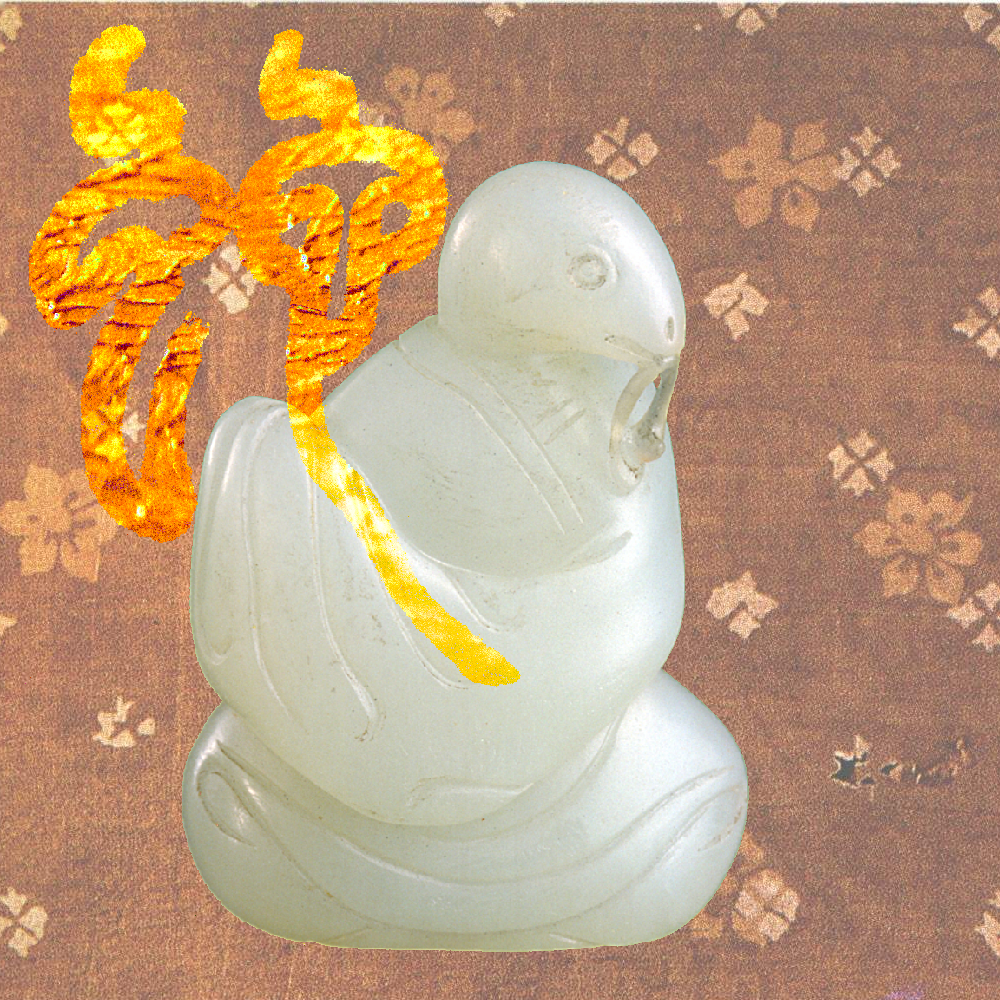 |
Jade, Ming Dynasty(1368-1644), collection of the Palace Museum. Sui Dynasty(581-618), porcelain, collection of the Hunan Museum |
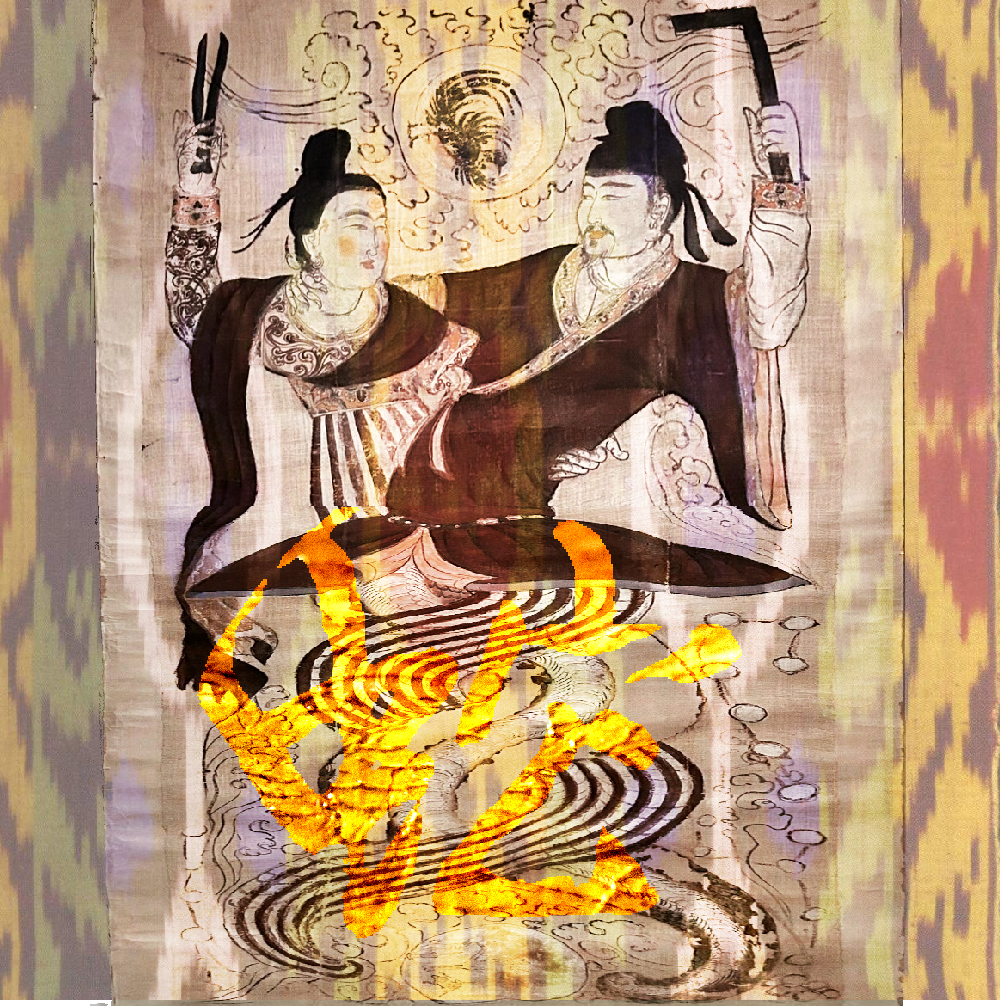 |
Painting, Tang Dynasty(618-907), unearthed from tomb at Xinjiang in 1956, collection of the Xinjiang Museum.
Western Han Dynasty(202 BC-8), 1, 2, 3, unearthed from tomb at Hunan in 1972, collection of the Hunan Museum
The Luoyang Museum of Ancient Tombs: 1, 2, 3 |
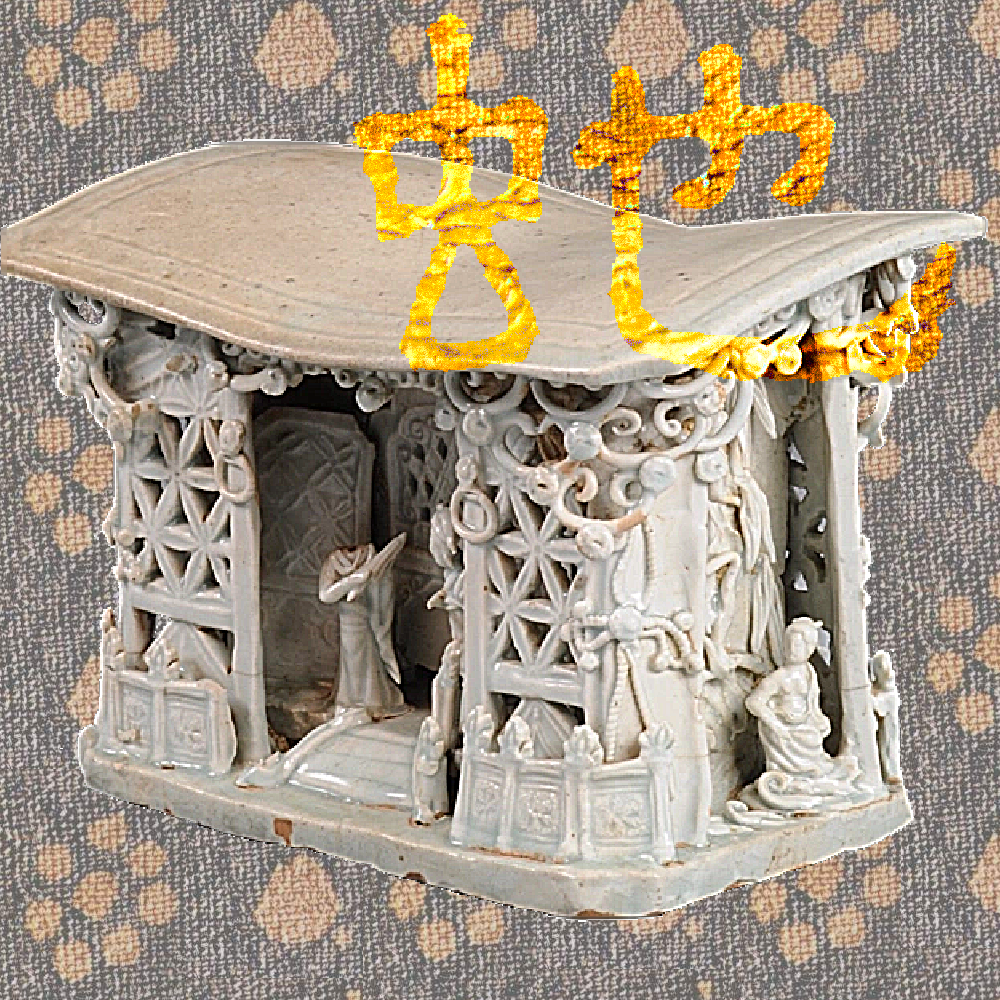 | Porcelain, Yuan Dynasty(1271-1368), collected in 1981, collection of local meseum.
Tang Dynasty(618-907), silverware, unearthed at Baoji in 1987, collection of local meseum |
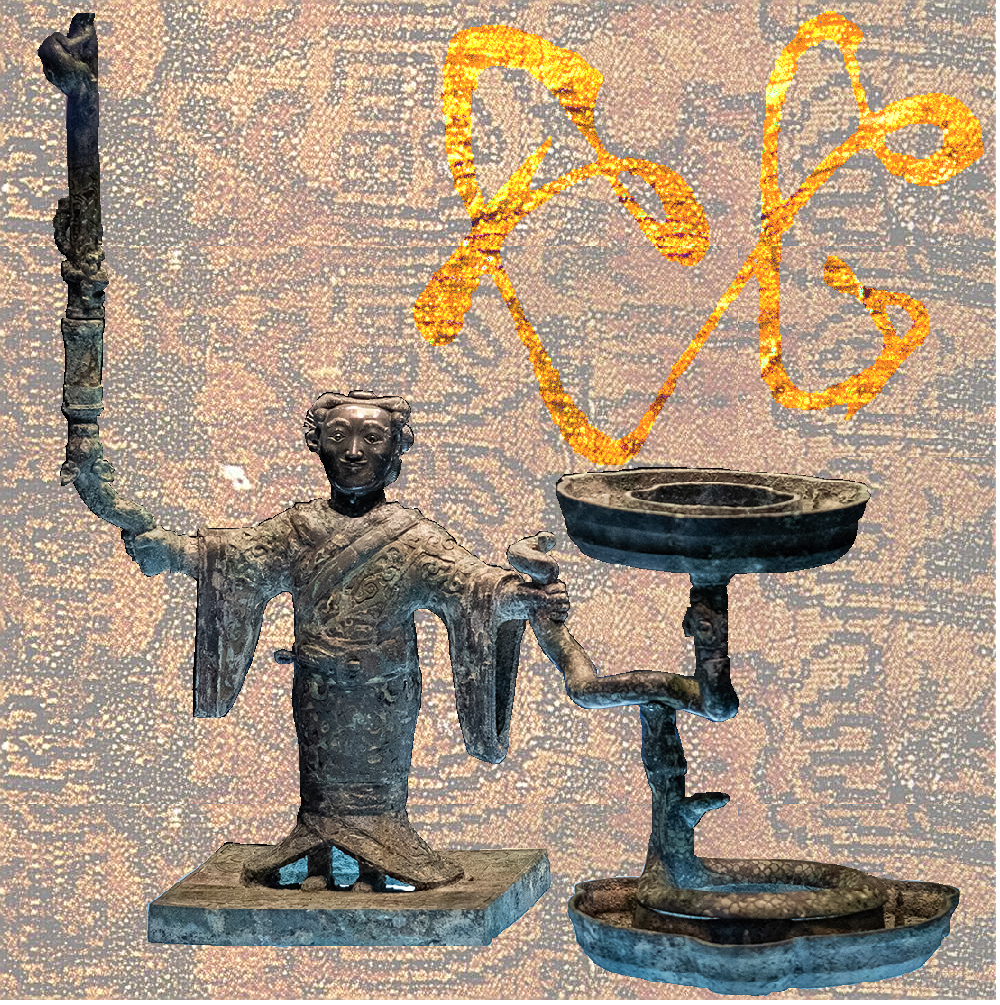 |
Metal, Warring States(475 BC-221 BC), unearthed from tomb at Hebei in 1976, collection of the Hebei Museum.
Middle of Warring States(375 BC-276 BC), metal, unearthed from tomb at Suizhou in 1981, collection of local meseum
Collection of the Hebei Museum 1 2 3 |
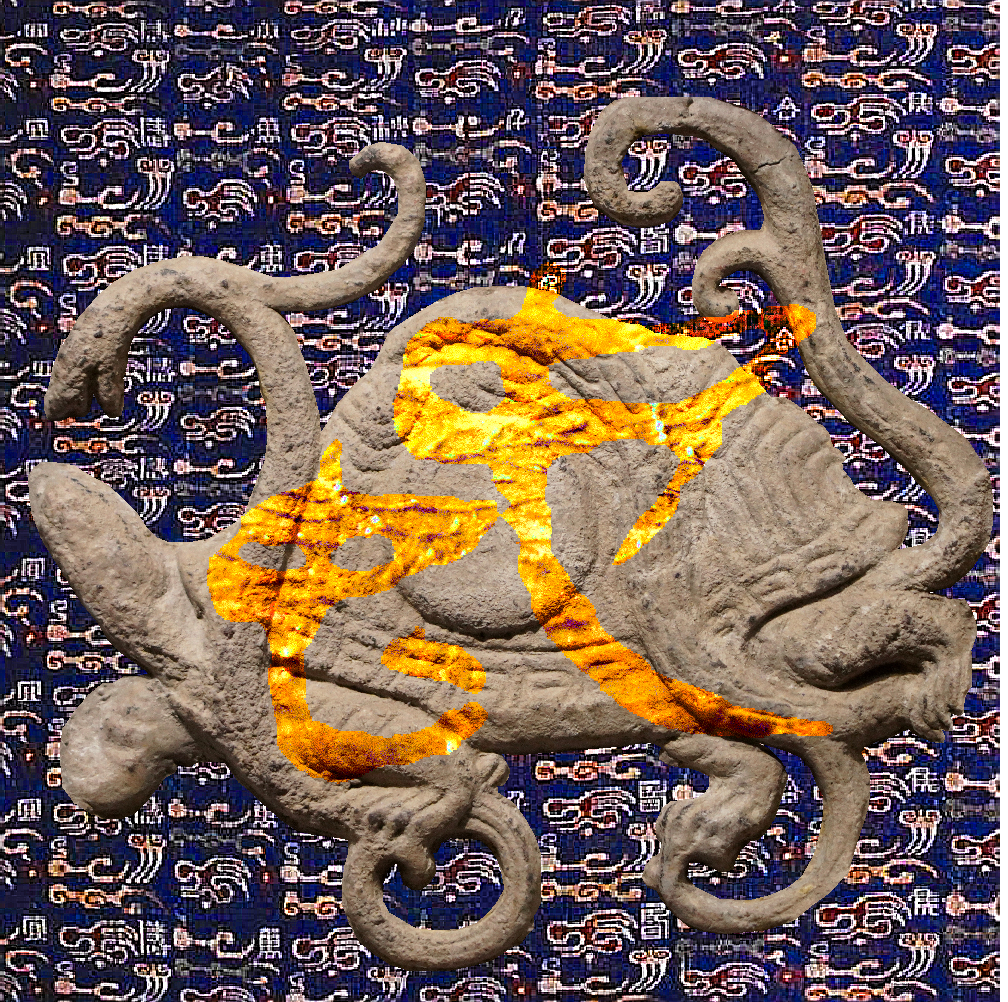 |
Tile, Han Dynasty(202 BC-220), collection of the Heinan Museum.
Warring States or Han Dynasty(475 BC-220), metal, unearthed from tomb at Ningxia in 1983, collection of the Ningxia Museum |
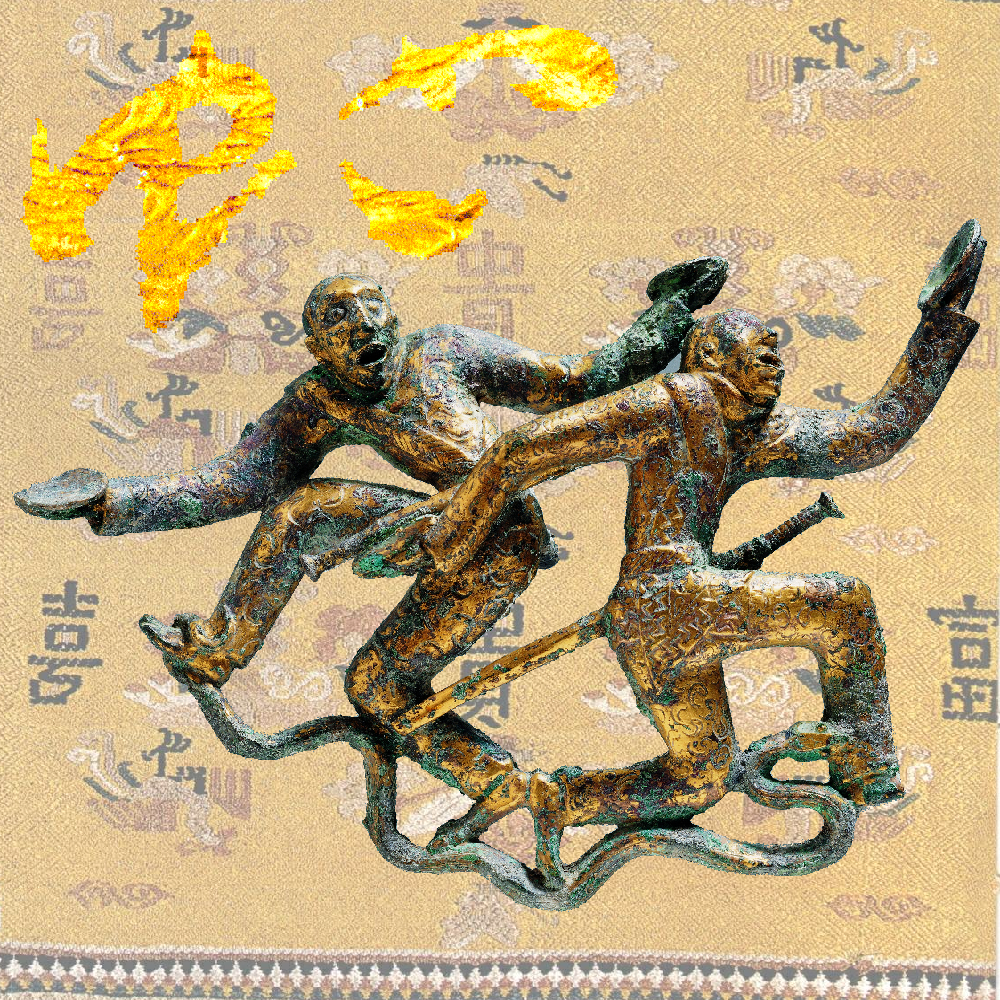 |
Metal, Western Han Dynasty(202 BC-8), collection of the Yunnan Provincial Museum.
Late stage of Shang Dynasty(1300 BC-1046 BC), metal, unearthed from tomb at Sichuan in 1986, collection of local museum |
 |
Lacquer, Warring States(475 BC-221 BC), unearthed from tomb at Hubei in 2002, collection of the Hubei Provincial Museum. Warring States(475 BC-221 BC), lacquer, unearthed from tomb at Jingzhou in 2000, special, collection of local museum
Articles: 1 2 3 4,
5 |
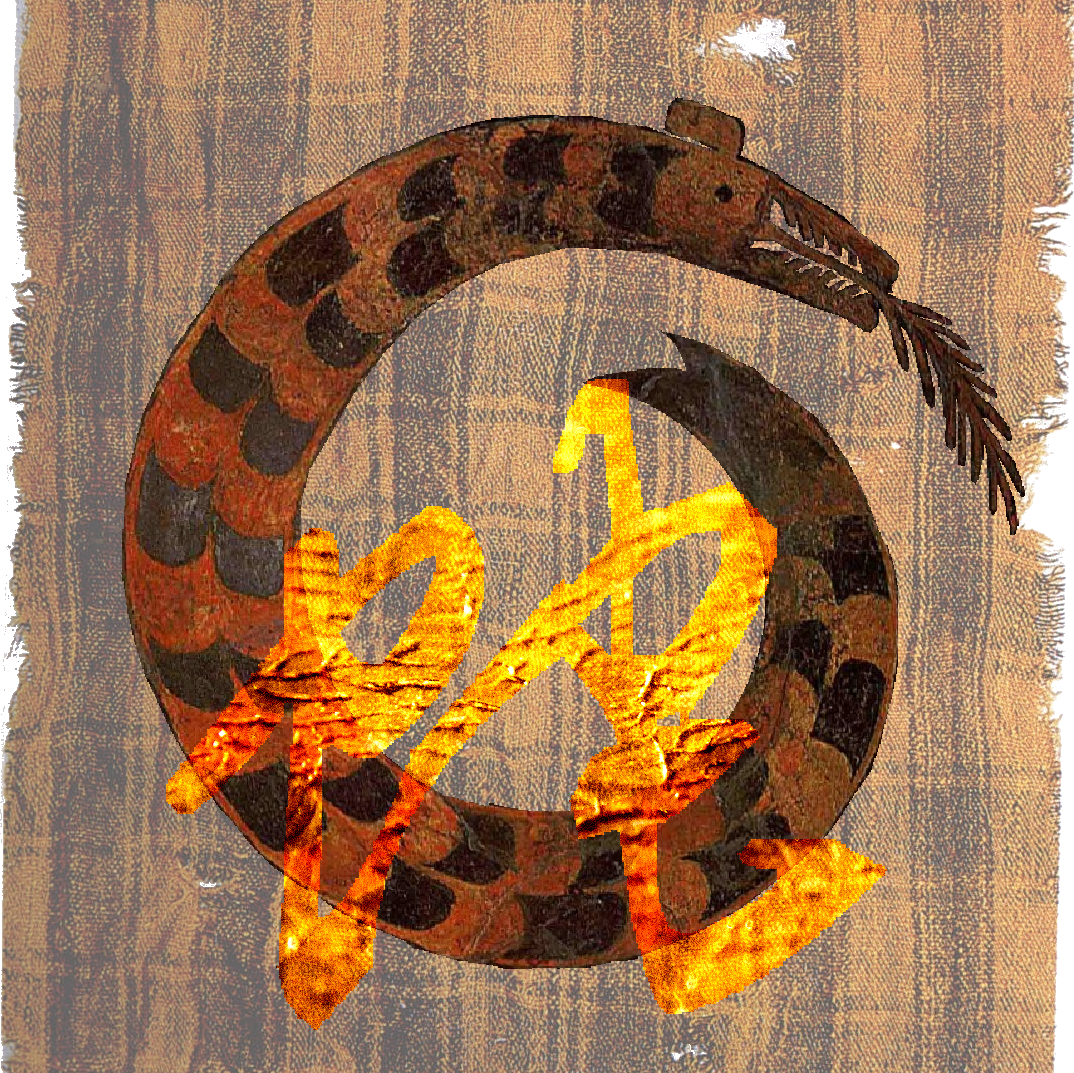 |
Pottery, the Neolithic Age(2300 BC-1900 BC), collection of the Institute of Archaeology of Chinese Academy of Social Sciences.
Yangsho culture(4000 BC-3000 BC), pottery, unearthed at Xian in 1981, collection of the Shaanxi History Museum |
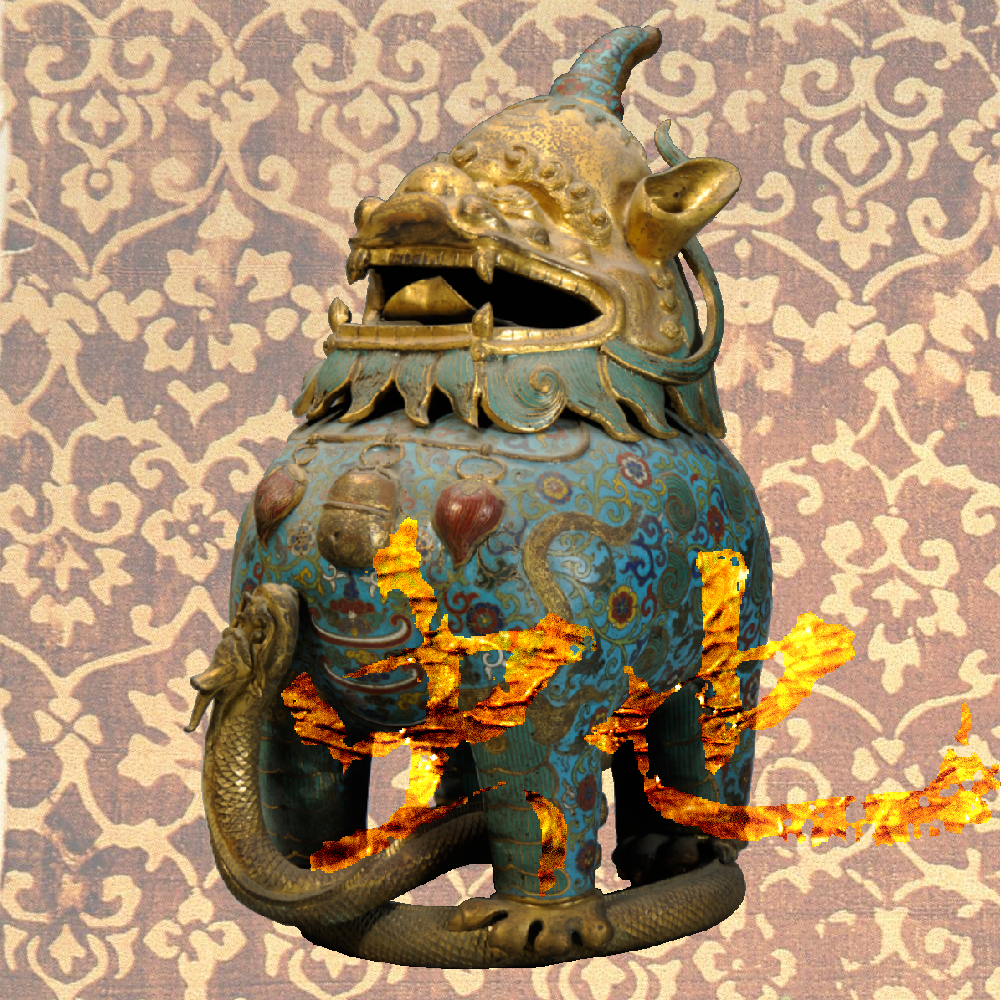 | Enamel, Qing Dynasty(1644-1912), ,collection of the Palace Museum.
Ming Dynasty(1368-1644), enamel, collection of the Palace Museum |
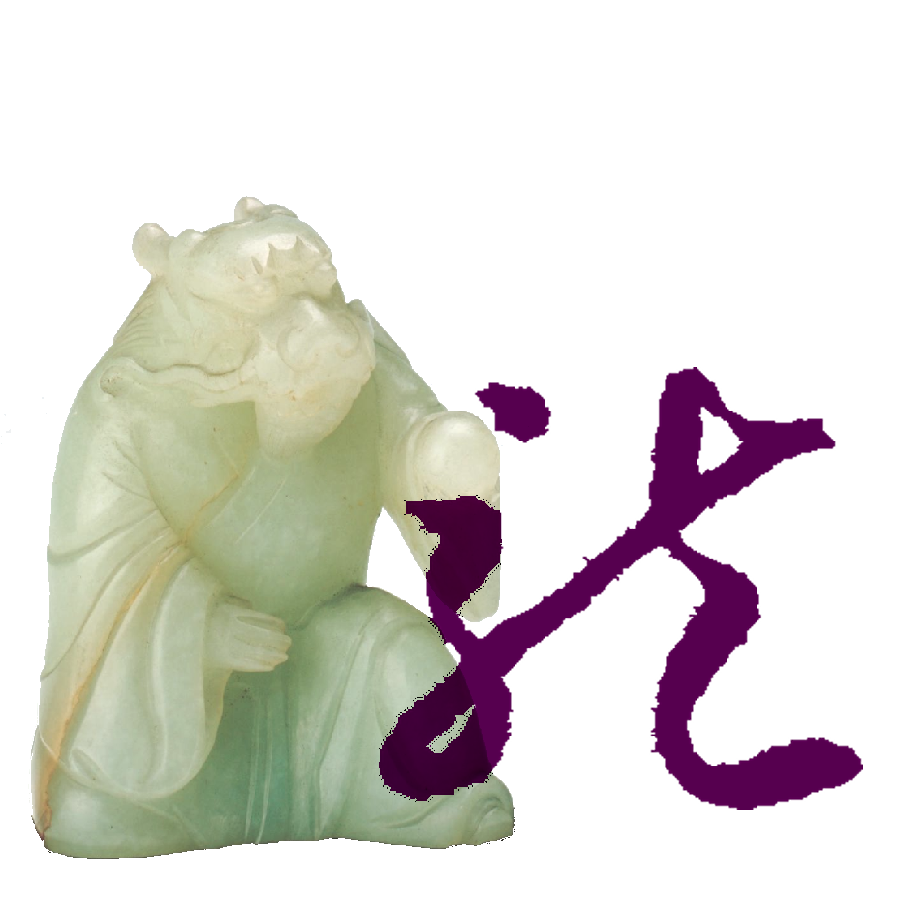 | Long: Qing Dynasty(1644-1912), Palace Museum Chinese Loong is not "dragon" in western culture.
Sui Dynasty(581-618) 1,
2
Collections, Palace Museum |
 | Long: Nan Dynasty(420-589), Changzhou Museum In Chinese culture, Qin Loong is one of the "Four Divinities" who protects the east. He often appears in paints and carvings, flying in cloud gracefully and lightheartedly.
Yangshao Culture(4500 BC-4300 BC) 1,
2 |
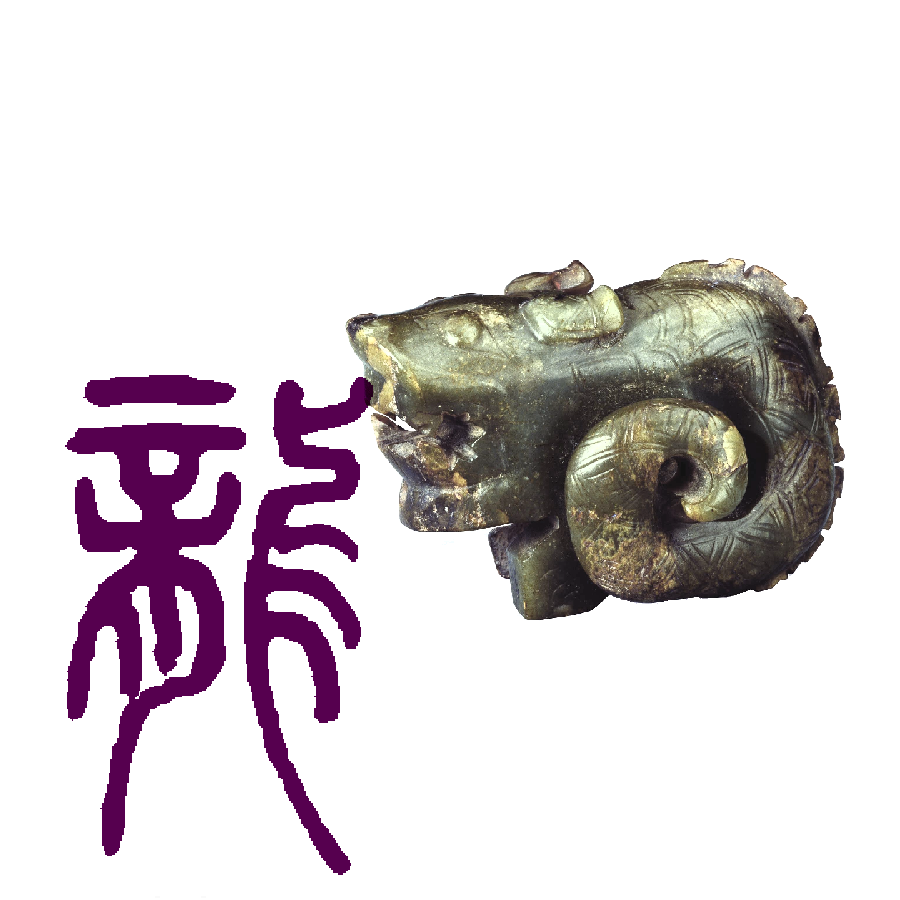 | Long: Shang Dynasty(1200 BC-1100 BC),
National Museum For thousands of years, Loong's appearance is always being changed and enriched.
Hongshan culture(4000 BC-3000 BC) 1,
2 ,
3,
4,
5 |
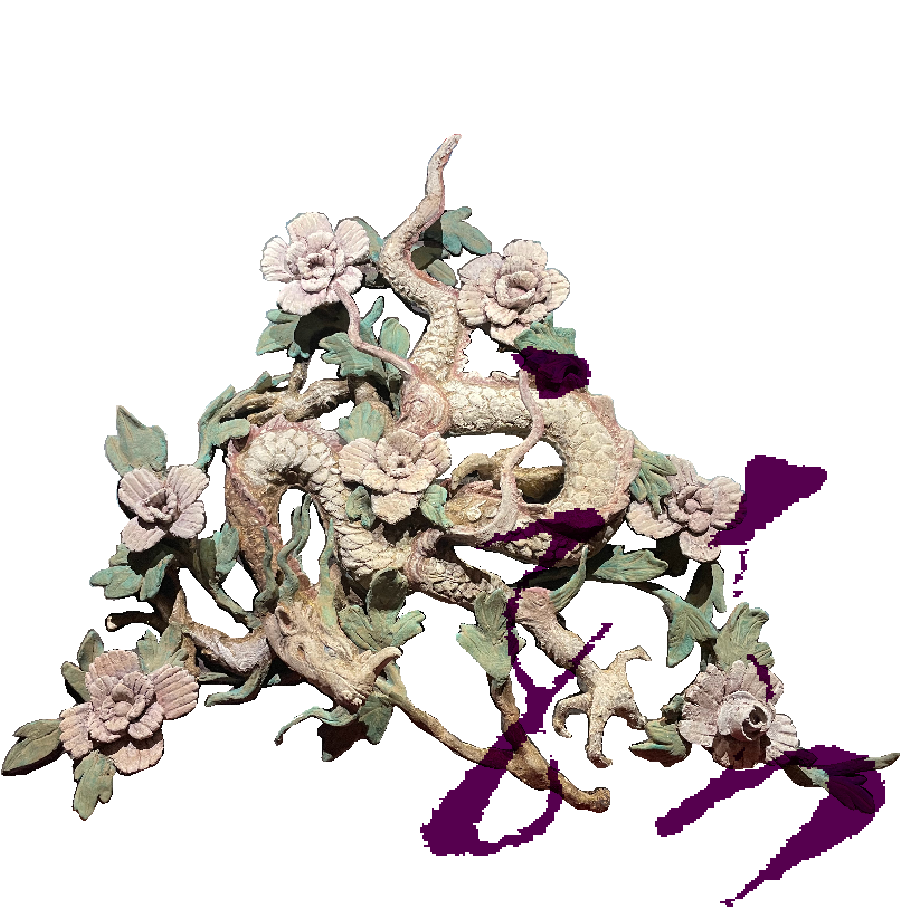 | Long: Yuan Dynasty(1247-1358) 1,
2,
3 Loong is powerful and romantic. His responsibilities are protection and deterrence. His characters do not include "bloodthirsty" and "aggressive".
Zhou Dynasty(1046 BC-221 BC) 1,
2,
3,
4,
5,
6,
7,
8,
9,
10,
11,
12,
13,
14,
15,
16,
17,
18,
19,
20,
21,
22,
23,
24,
25,
26,
27,
28 |
 | Long: Han Dynasty(202 BC-220), Xi an Museum,
Four Divinities "Life is a drunken travel, which is just 36,000 days" is shown in a porcelain cup which was made in 700 years ago and unearthed in 1980.
Porcelain in Palace Museum |
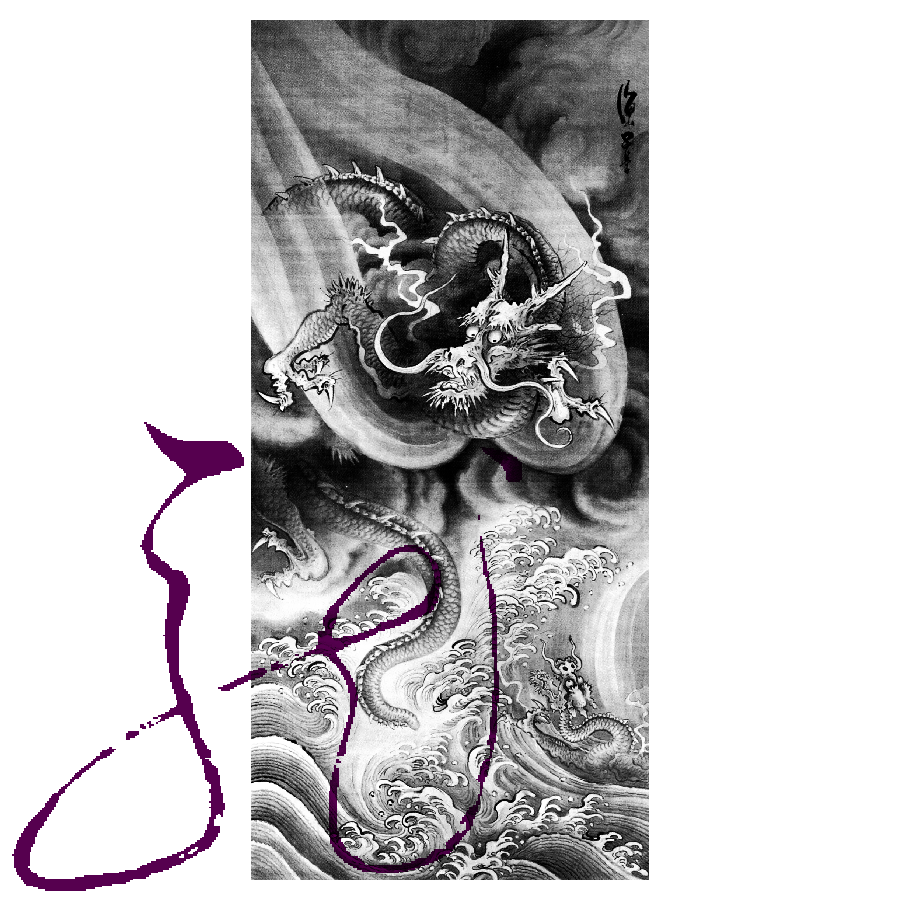 | Long: Lv xue, Qing Dynasty(1644-1912),
Palace Museum Loong drawn by Chen Rong became
standard appearance of Loongs since his era.
East Jin(317-420) 1 |
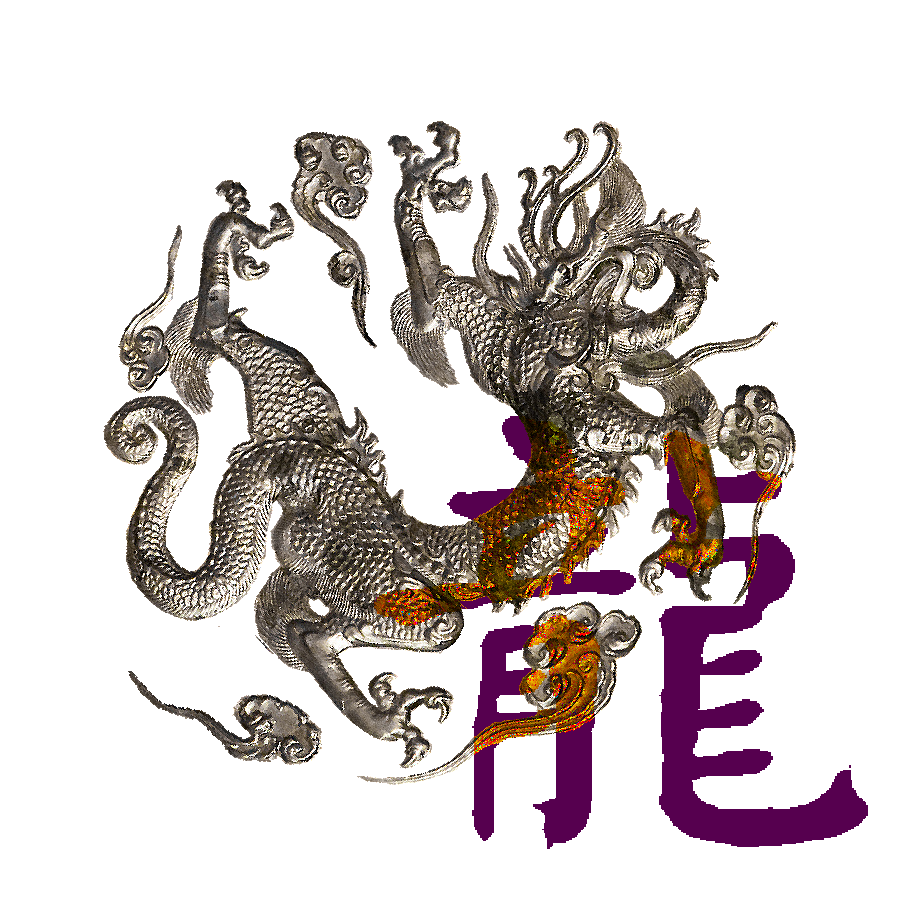 | Long: Bronze mirror,
Tang Dynasty(618-907) Loongs are assigned to many duties. Examples, Qin Long protects the east, Ying Loong charges rain, Chi Loong avoids fire, Fu Loong clears evils in home, and Horoscope Long watches tombs.
Warring States(475 BC-221 BC) 1,
2,
3,
4,
5,
6 |
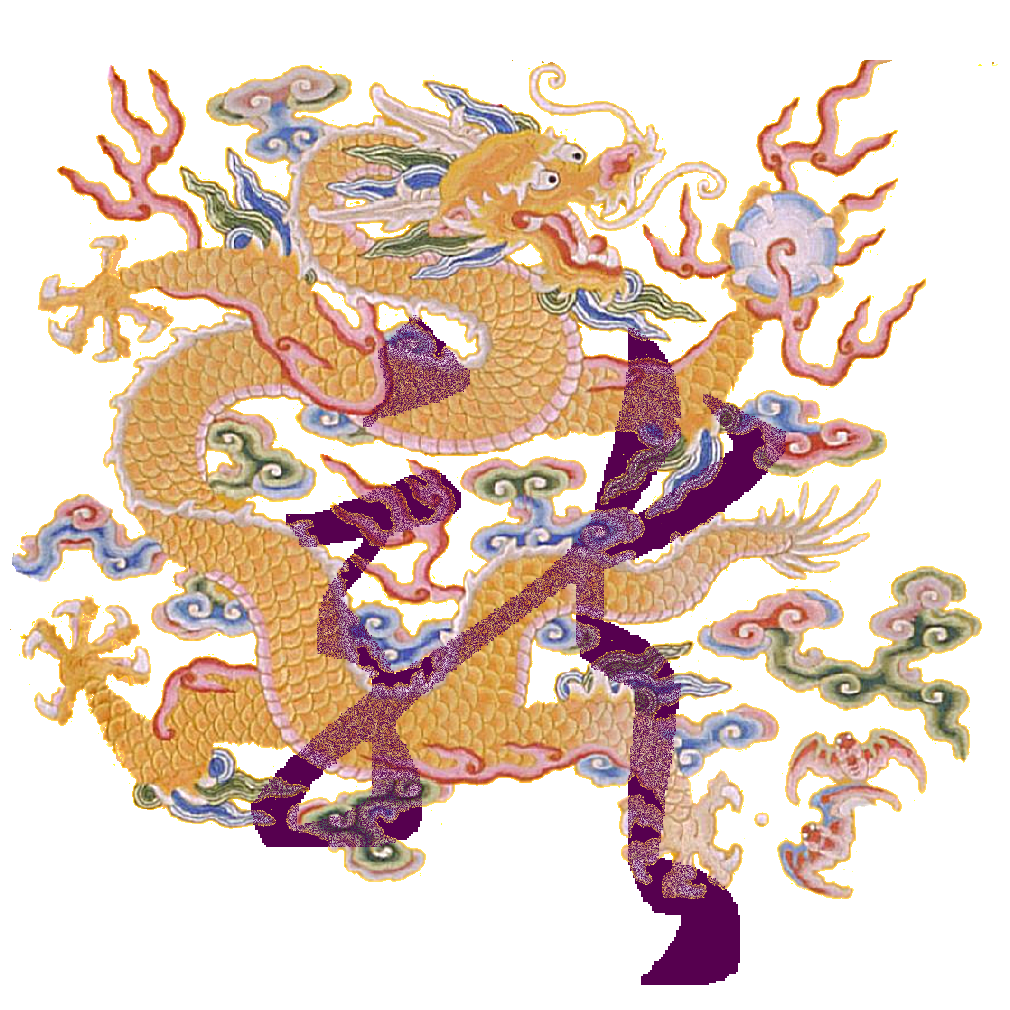 | Long: Embroidery, Dynasty(1644-1912),
Palace Museum When minority oppress majority with power of Loong, Loong loses his soul. Loong' soul is always "serve the people".
Warring States(475 BC-221 BC)
1,
2,
3,
4,
5,
6,
7,
8 |
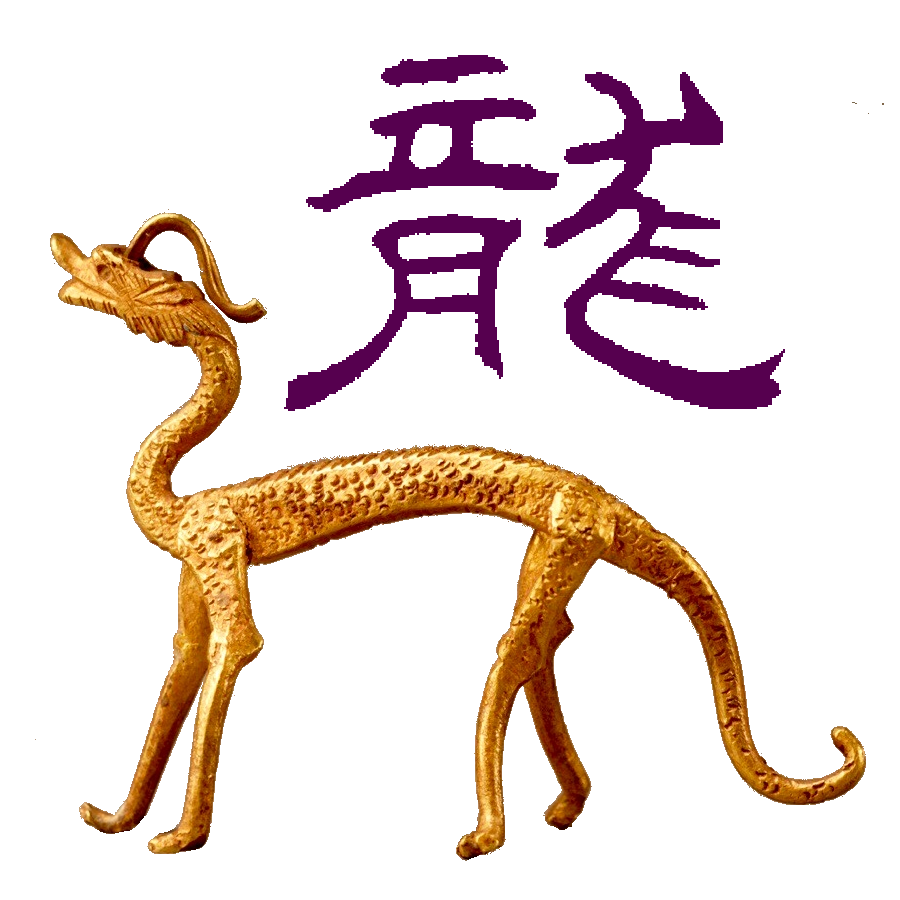 | Long: Shaanxi History Museum,
Tang Dynasty(618-907) Inherit to fly higher, contain to fly more brilliantly, guard to fly more steadily. Loong is young and glorious.
Jades in Palace Museum |
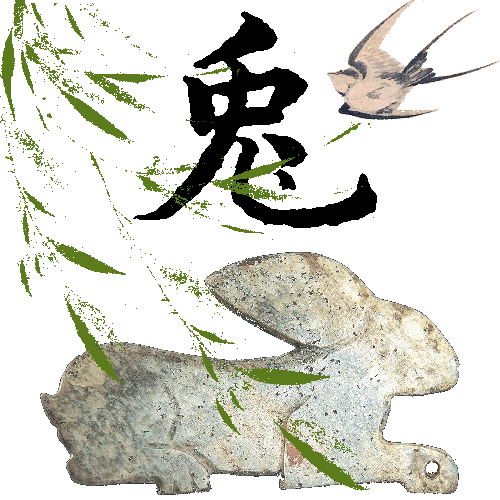 | Jade rabbit: Shang Dynasty, AnYang, HeNan(1300 BC-1046BC), National Museum
Handwriting: Ming Dynasty, ShenDu(1357-1434) Wicker and the swallow: Yuan Dynasty(1271-1368), ShengChangNian, "Picture of wicker and the swallow", Beijing Palace Museum In chinese culture, a day is divided in twelve pieces and represented by twelve animals. The duration between 5:00am and 7:00am is named "Mao". At this time, the sun hasn't shown its face yet while the moon's brilliance hasn't receded yet. Jade rabbit is another name of the moon, so it is also called as "Mao Rabbit". The twelve animals also name years circularly. This year is turned to be "Rabbit Year". WuHan Mesuem collects a set of terracotta animals in Sui Dynasty(581-618) National Museum collects a bronze mirror of Sui Dynasty(581-618) and a set of terracotta animals in Tang Dynasty(618-907) Beijing Palace Museum collects a bronze mirror of Sui Dynasty(581-618) |
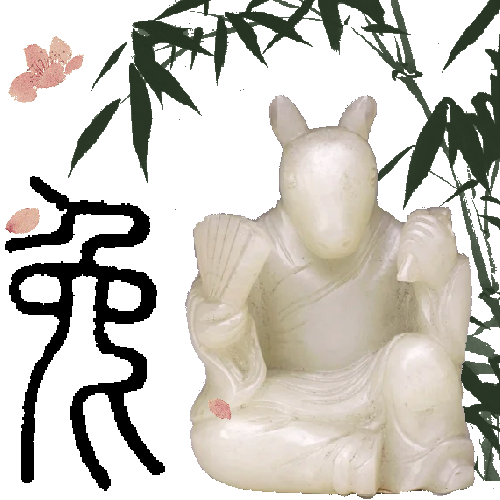 | Jade rabbit: Qing Dynasty(1636-1912), set of jade animals, Beijing Palace Museum
Handwriting: Han Dynasty, XuShen(58-147) Bamboo: Qing Dynasty, ShiTao(1642-1708), "Picture of bamboo, stone, and plum-blossom", Shanghai Museum This rabbit holds a fan in right hand and some leaves in right hand, like an ancient scholar. |
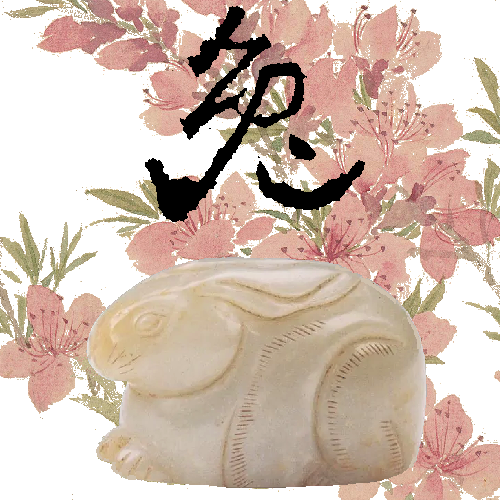 | Jade rabbit: Song Dynasty, paperweight(1274), QuZhou, ZheJiang, QuZhou Museum
Handwriting: Tang Dynasty, WuZeTian(699) Peach blossom: Qing Dynasty, YunShouPing, "Gallery of flowers and scenery"(1675), Beijing Palace Museum “Flower and bird painting" is one important type of chinese traditional painting art. It may represent all of plants and animals. |
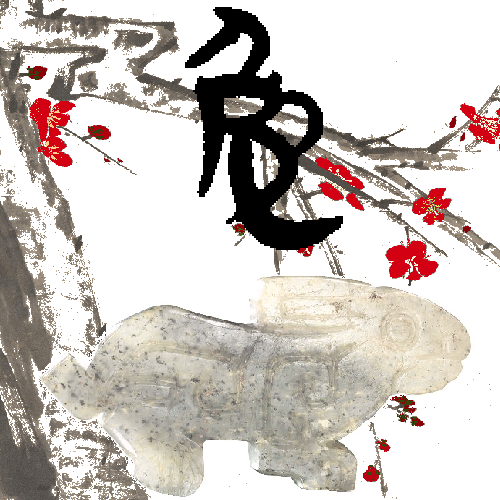 | Jade rabbit: Shang Dynasty(1600 BC—1046 BC), black jade, TianJing Museum
Handwriting: the Warring States, bamboo slip of Qin(770 BC-207 BC) Plum blossom: Qing Dynasty, ZhuDa, "Picture of ancient plum blossom"(1682), Beijing Palace Museum Chinese literati express their perceptions and emotions by "Meaningful Painting". Only with water and ink, the lines, concentration, and blank generate the topic of painting. Colors are filled in this ink painting, because I believe ancient would hope descendants living colorful lives. “淋婴之子” provides the standard picture of this black jade rabbit. Thanks! |
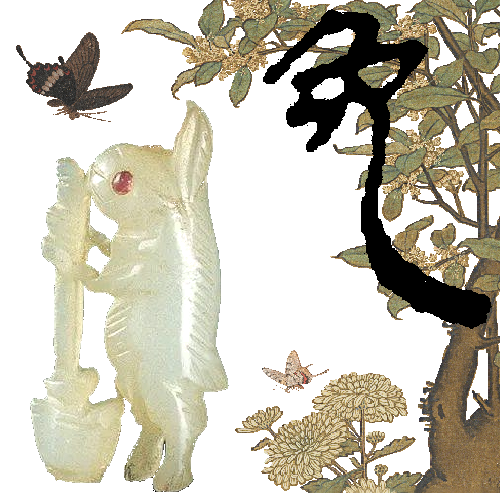 | Jade rabbit: Ming Dynasty, earring, Dingling(1620), Beijing Dingling Museum
Handwriting: Han Dynasty(202 BC-220) Laurel and chrysanthemum: Ming Dynasty, LvJi(1439—1505), "Picture of laurel, chrysanthemum and birds", Beijing Palace Museum Butterflies: Song Dynasty(1127-1279), LiAnZhong, "Picture of butterflies in sunshine of spring", Beijing Palace Museum In chinese myth, the rabbit is generally with rabbit head and person body and holding a jade pestle to make elixir for Western Mother Queen in the palace on the moon. This means the wish of long life. From gate of 2000+ years ago to earring of 400+ years ago, this little rabbit is always working hardly. Beijing Palace Museum collects a portrait brick in Han Dynasty(25-220) Beijing Palace Museum collects a bronze mirror of Han Dynasty(25-220) Beijing Palace Museum collects a bronze mirror of Tang Dynasty(618-907) Beijing Palace Museum collects a bronze mirror of Tang Dynasty(618-907) |
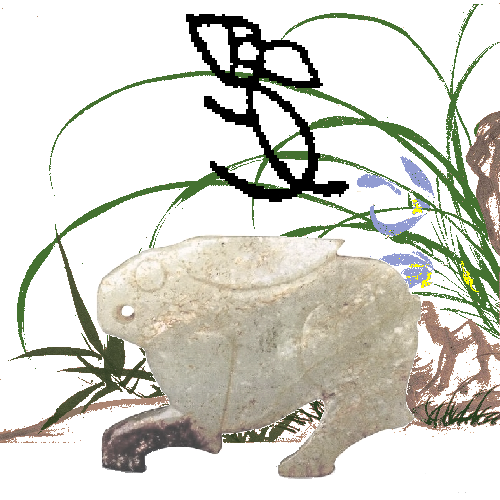 | Jade rabbit: Zhou Dynasty, Guo Kingdom(1046 BC-655 BC), HeNan Guo Kingdom Museum
Handwriting: Shang Dynasty, FuHao Tomb(1250 BC-1192 BC) Orchid: Yuan Dynasty, ZhaoMengFu(1254-1322) "Picture of orchid, bamboo, and stone", Shanghai Museum In chinese culture, "Four Nobles" are plum blossom, orchid, bamboo, and chrysanthemum. They mean exalted and respectable characters which traditional scholars aspire. Beijing Palace Museum collects picture of plum blossom(1097-1171) in Song Dynasty Beijing Palace Museum collects picture of butterflies and chrysanthemum in Song Dynasty(1127-1279) |
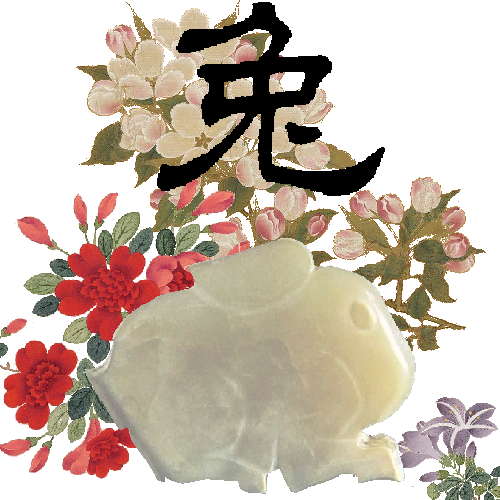 | Jade rabbit: Shang Dynasty(1600 BC—1046 BC), JingJie Tomb, Shanxi, Shanxi Institute of Archaeology
Handwriting: Han Dynasty(202 BC-220) Begonia: Song Dynasty, LinChun, "Picture of begonia"(1174-1189), Taipei Palace Museum Rhododendron and morning glory: Qing Dynasty, QianWeiChen(1720-1772) "Picture of flowers", Museum of Fine Arts, Boston, USA "Academy Painting" is one type of chinese traditional painting art. It came from requirements of official painting academies or royal courts. This genre focuses realism and the paintings express delicate details. Beijing Palace Museum collects picture of Song Dynasty(1082-1135) Beijing Palace Museum collects picture of Qing Dynasty(1766) |
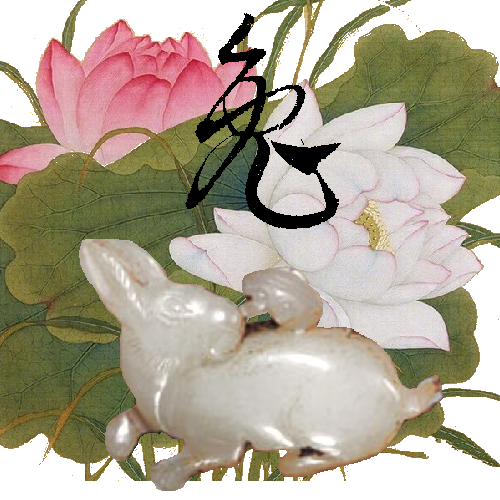 | Jade rabbit: Yuan Dynasty(1271—1368), belt, National Museum
Handwriting: Yuan Dynasty, DengWenYuan(1258—1328) Lotus: Qing Dynasty, YuZhi, "Gallery of flowers and birds"(1736-1799), Beijing Palace Museum The rabbit holds LingZhi in mouth and looks back to gaze the moon. This means the wish of lucky and long life. |
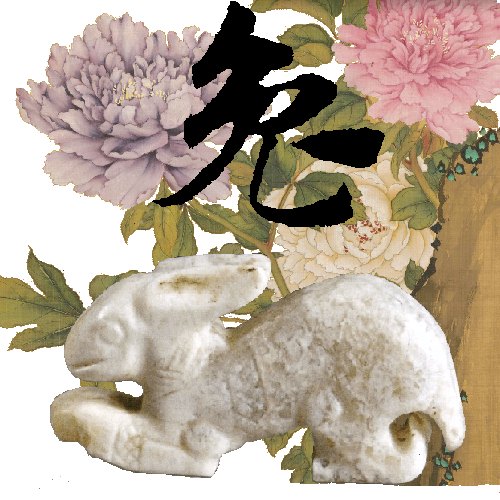 | Jade rabbit: the Warring States(475 BC-221 BC), WuXi, Jiangsu, HongShan Site Museum
Handwriting: Yuan Dynasty, ZhaoMengFu(1254-1322) Peony: Qing Dynasty, YuXing(1736-1767), "Picture of peony and birds", Beijing Palace Museum Not only scholars like plants, all chinese enjoy beautiful flowers from ancient times to the present. Peony means the wish of riches and honours for both the family and the country. |
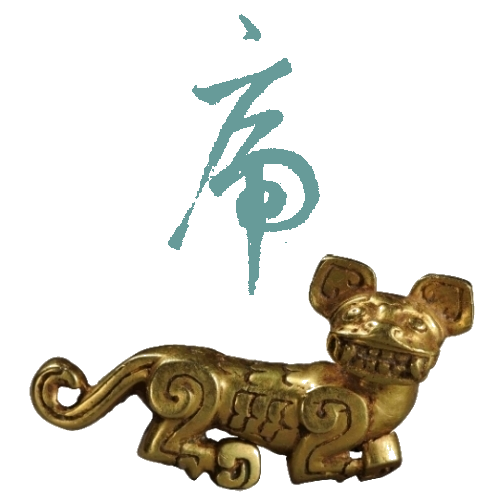 | Handwriting: Yuan Dynasty XianYuShu(1246-1302) Golden army credential: Warring States Qin Kingdom(475 BC-221 BC) XiAn Museum |
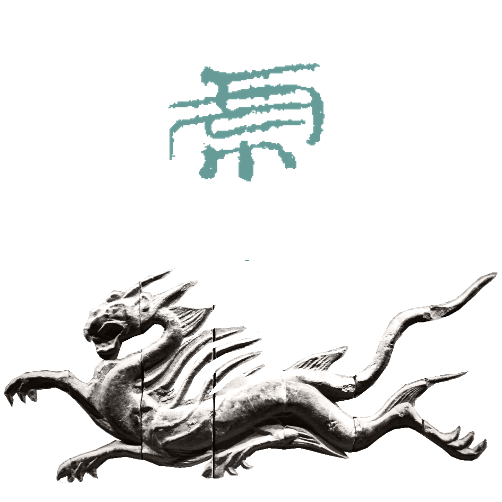 | Handwriting: Western Han Dynasty(202 BC-8) Brick portrait: Southern Dynasties(420-589) ChangZhou Museum |
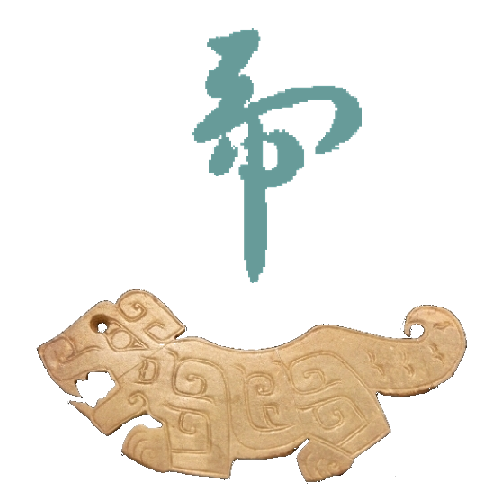 | Handwriting: Eastern Jin Dynasty WangXiZhi(303-361) Jade: Shang Dynasty FuHao Tomb(1250 BC-1192 BC) Anyang Yinxu Site Museum |
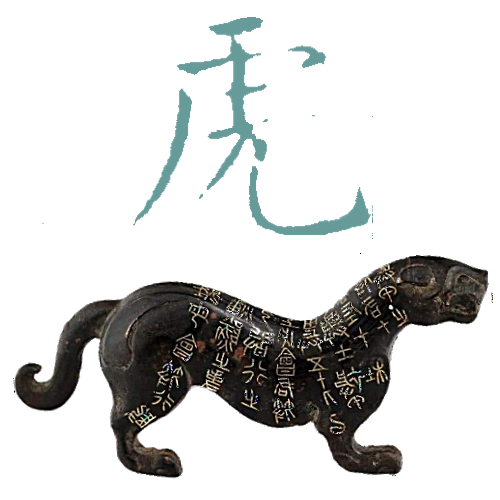 | Handwriting: Tang Dynasty LiuGongQuan(778-865) Bronze army credential: Warring States King of Qin(356 BC-311 BC) Shaanxi History Museum |
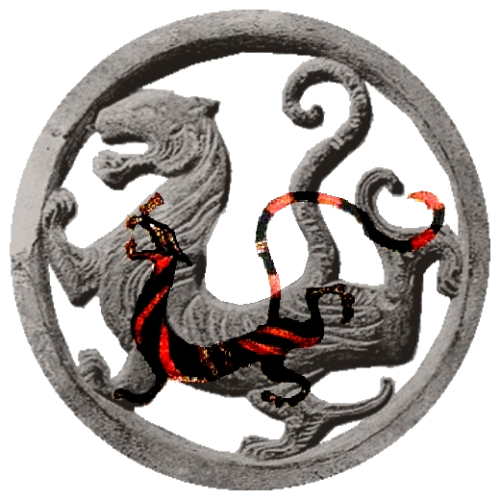 | Embroidery: Warring States Chu Tomb(1042 BC-223 BC) Jingzhou Museum Pottery tile: Han Dynasty(202 BC-220) Beijing Palace Museum |
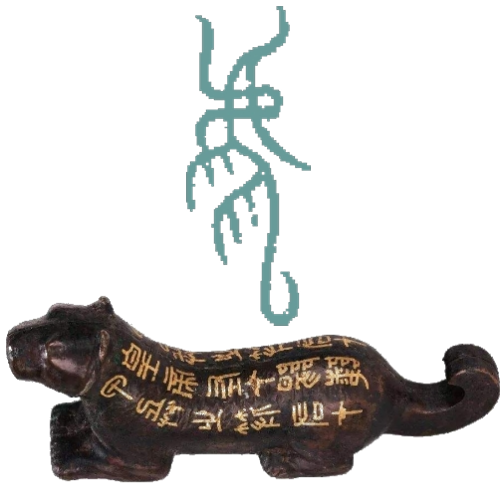 | Handwriting: Spring and Autumn Annals(1046 BC-221 BC) Bronze army credential: Qin Dynasty YingZhen(259 BC-210 BC) National Museum of China |
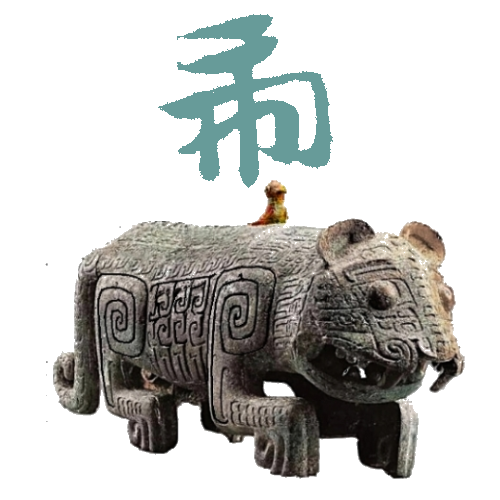 | Handwriting: Yuan Dynasty ZhaoMengFu(1254-1322) Bronze: Shang Dynasty(1600 BC-1046 BC) Jiangxi Museum |
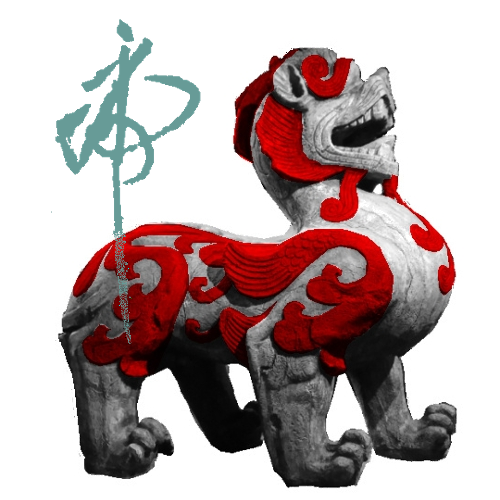 | Handwriting: Northern Song Dynasty HuangTingJian(1045-1105) Stone: Southern Dynasties(420-589) ChangZhou Museum |
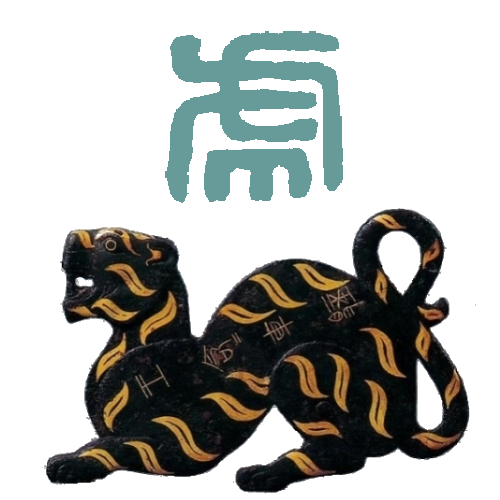 | Seal: Han Dynasty(202 BC-220) Bronze transportation credential: Western Han Dynasty ZhaoMo Tomb(137 BC-122 BC) Nanyue King Museum |
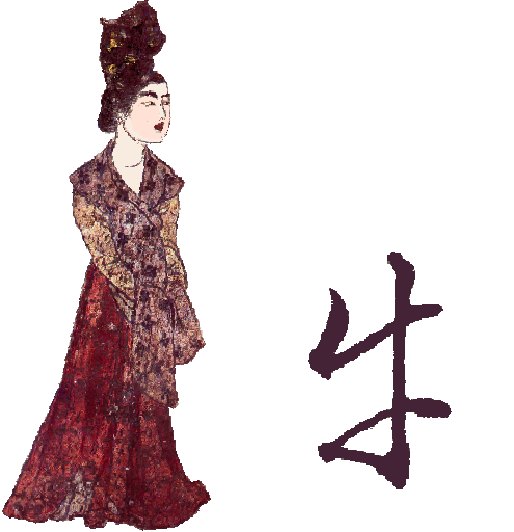 | Handwriting: Southern Song Dynasty(1236-1283) Wen Tian Xiang Fresco: Tang Dynasty(710) Shaanxi(109.175098,34.752134) |
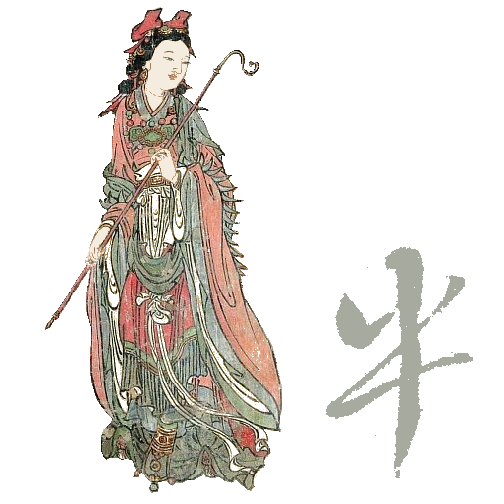 | Handwriting: Ming Dynasty(1521-1593) Xu Wei Fresco: Ming Dynasty(1368-1644) Shanxi(111.11494,35.50649) |
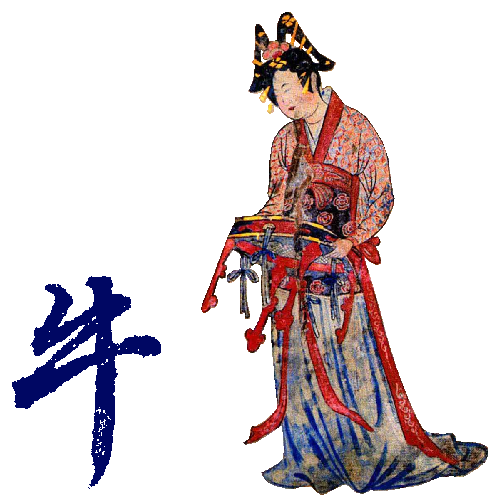 | Handwriting: Northern Song Dynasty(1037-1101) Su Shi Fresco: Liao Dynasty(907-1125) Inner Mongolia(120.059204,43.870084) |
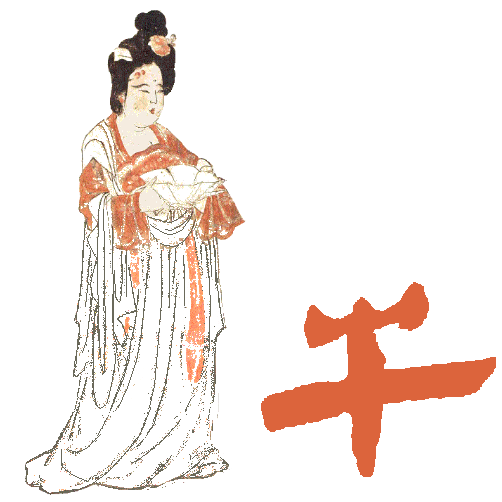 | Handwriting: Western Han Dynasty(168 BC) Ma Wang Dui tomb Fresco: Five Dynasties Period(924) Hebei(114.596854,38.807284) |
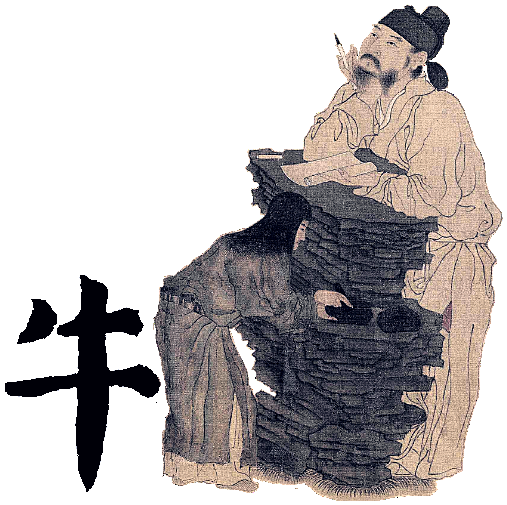 | Handwriting: Tang Dynasty(709-784) Yan Zhen Qing Painting: Tang Dynasty(723-787) Han Huang, Beijing Palace Museum |
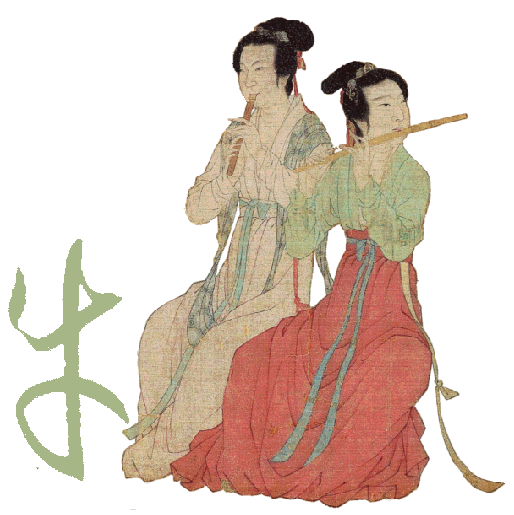 | Handwriting: Tang Dynasty(646-691) Sun Guo Ting Painting: Southern Tang Dynasty(910-980) Gu Hong Zhong, Beijing Palace Museum |
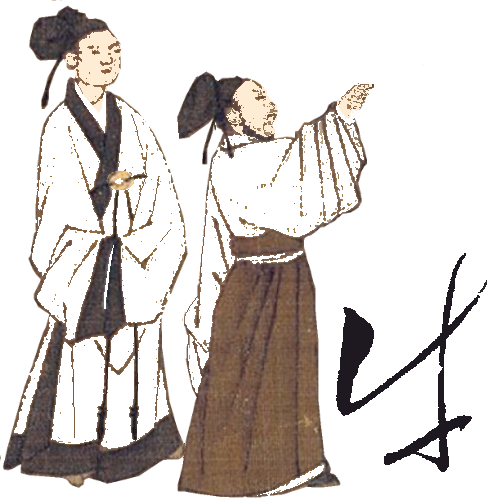 | Handwriting: Modern(1893-1976) Mao Ze Dong Painting: Southern Song Dynasty(1131-1218) Liu Song Nian, Taipei Palace Museum |
 | Handwriting: Spring and Autumn Period(550 BC) Hou Ma Treaty Lacquer painting: Northern Wei Dynasty(484) Shanxi(113.359314,40.063904) Datong Municipal Museum |
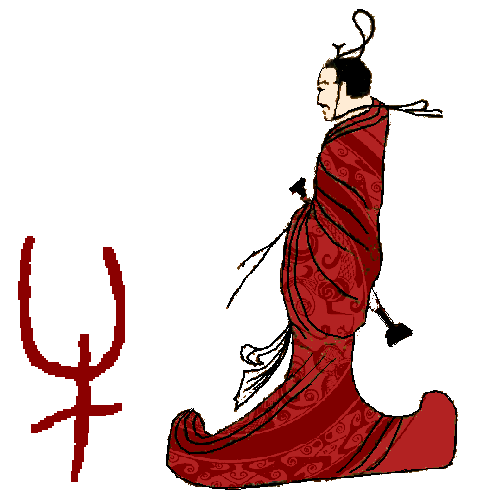 | Handwriting: Zhou Dynasty(1046 BC-256 BC) Oracle Silk painting and patten: Warring States Period(403 BC-221 BC) Hunan(112.933419,28.23129) Hunan Provincial Museum |
 | Handwriting: Tang Dynasty(618-907) LiuGongQuan Porcelain: Ming Dynasty(1368―1644) Nanjing Museum |
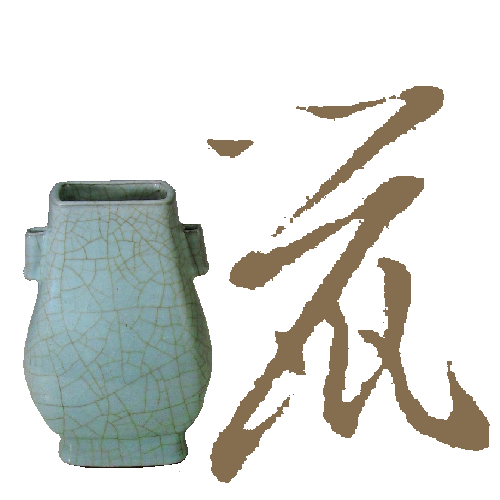 | Handwriting: Eastern Jin Dynasty(317-420) WangXiZhi Porcelain: Southern Song Dynasty(1127-1279) Taipei Palace Museum |
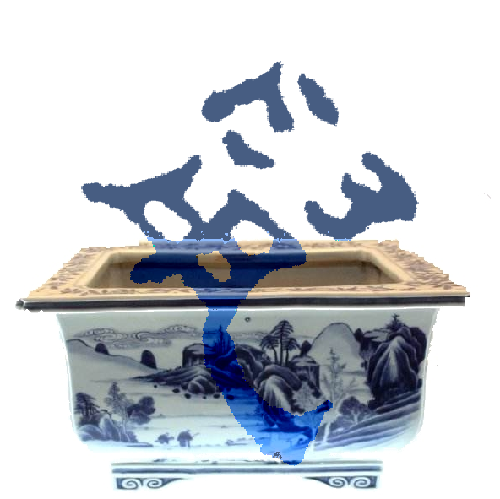 | Handwriting: Qing Dynasty(1636-1912) ZhengBanQiao Porcelain: Qing Dynasty(1636-1912) |
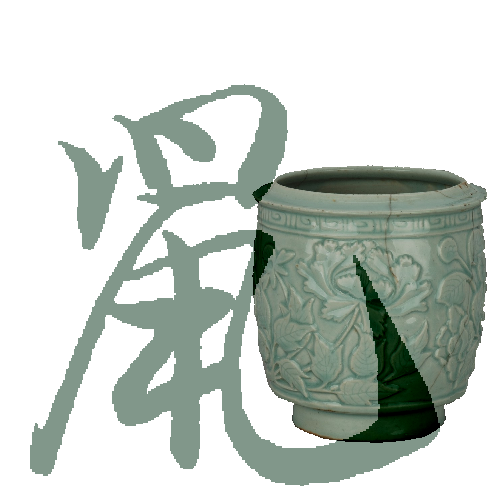 | Handwriting: Northern Song Dynasty(960-1127) MiFu Porcelain: Southern Song Dynasty(1127-1279) Sichuan Porcelain Museum |
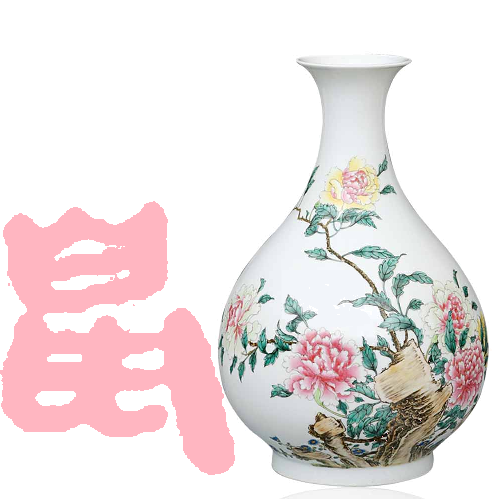 | Handwriting: Qin Dynasty(221 BC-207 BC) Porcelain: Qing Dynasty(1636-1912) Beijing Palace Museum |
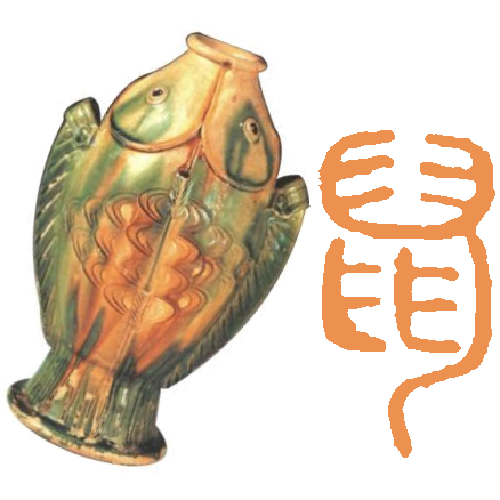 | Handwriting: Eastern Han Dynasty(25-220) XuShen Porcelain: Tang Dynasty(618-907) Nanjing Museum |
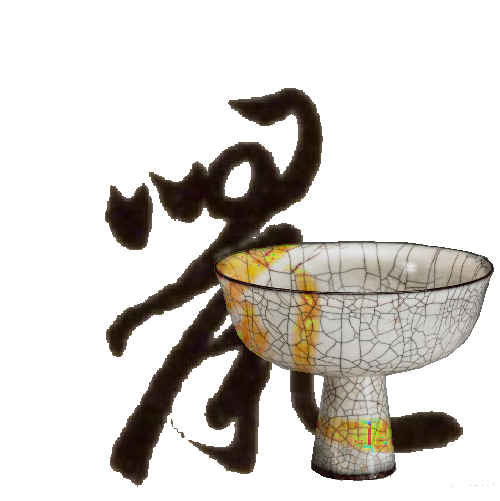 | Handwriting: Yuan Dynasty(1271-1368) ZhaoMengFu Porcelain: Yuan Dynasty(1271-1368) Taipei Palace Museum |
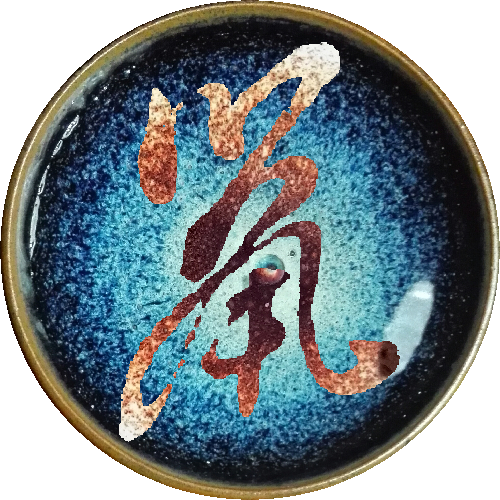 | Handwriting: Ming Dynasty(1368―1644) DongQiChang Porcelain: Song Dynasty(960-1279) Beijing Palace Museum |
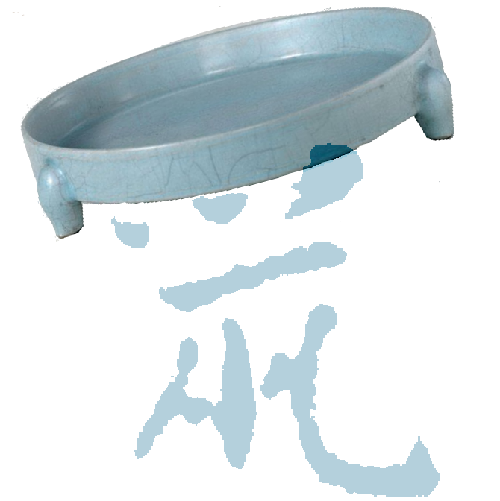 | Handwriting: The Three Kingdoms(220-280) CaoZhi Porcelain: Song Dynasty(960-1279) Beijing Palace Museum |
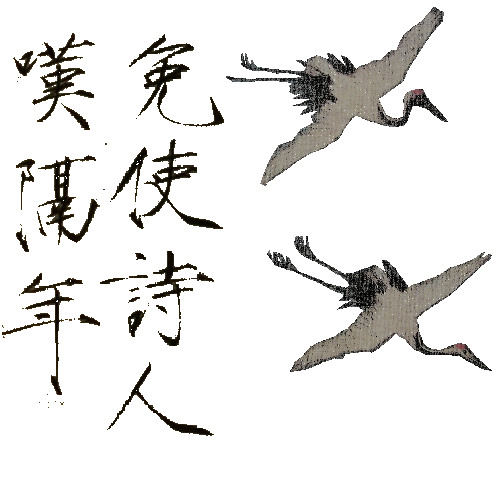 | Song Dynasty(1112) KaiFeng(114,34) Painting/Handwriting |
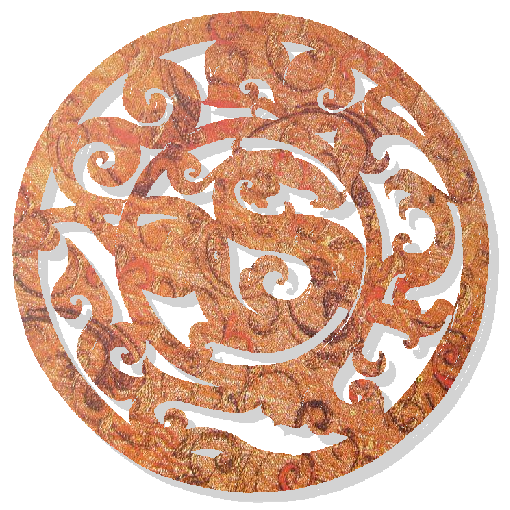 | Outline: Western Han Dynasty(122 BC) GuangZhou(113, 23) Carved Jade Texture: Western Han Dynasty(168 BC) ChangSha(113, 28) Silk/Embroidery |
 | Tang Dynasty(618-907) XiAn(109,34) Iron/Copper/Golden |
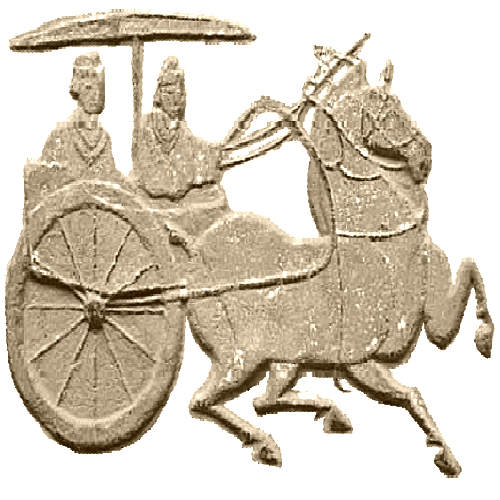 | Eastern Han Dynasty(25-220) SiChuan(104,30) Brick Portrait |
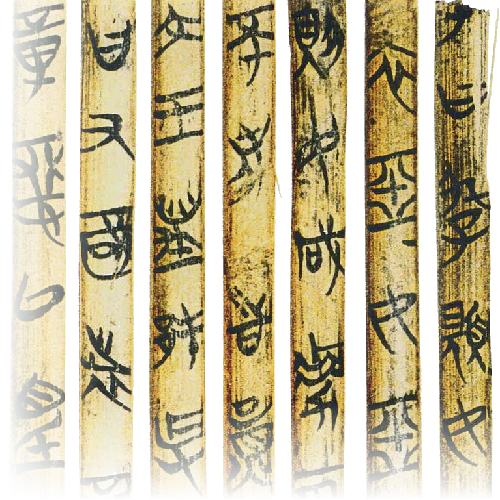 | Warring States Period(300 BC) JingMen(112,31) Bamboo Strips |
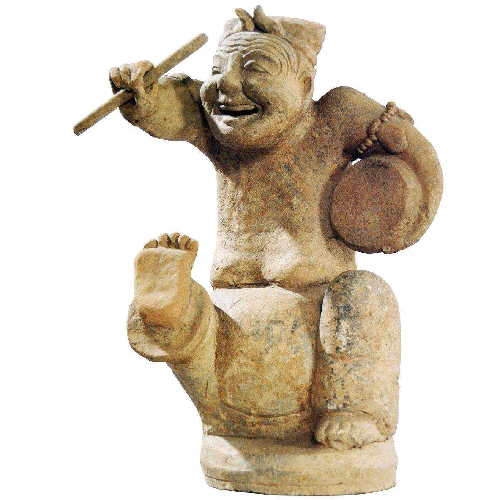 | Eastern Han Dynasty(25-220) SiChuan(104,30) Brick |
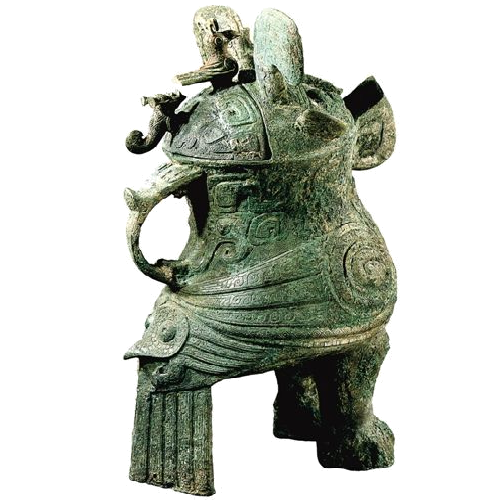 | Shang Dynasty(1200 BC) AnYang(114,36) Bronze |
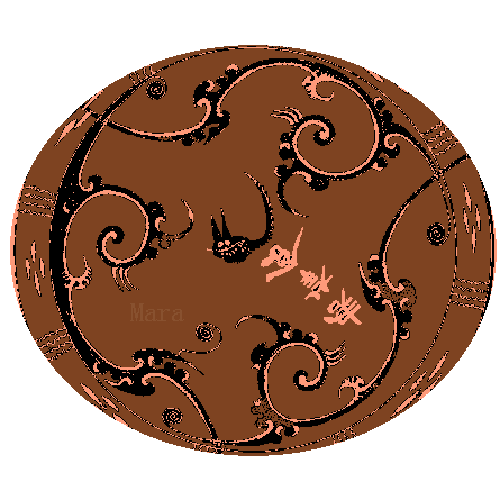 | Western Han Dynasty(168 BC) ChangSha(113, 28) Lacquer |
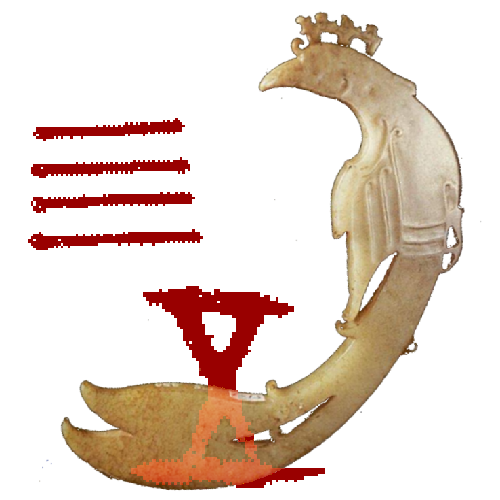 | Shang Dynasty(1200 BC) AnYang(114,36) Carved Jade/Oracle |
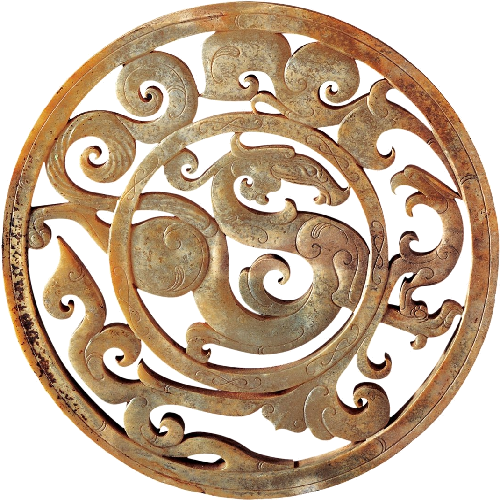 | Western Han Dynasty(122 BC) Carved Jade |
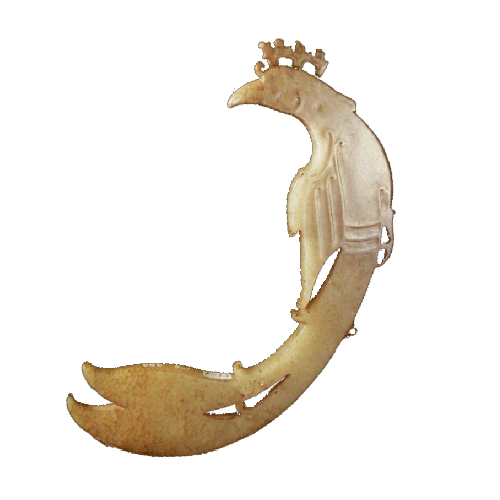 | Shang Dynasty(1200 BC) AnYang(114,36) Carved Jade |
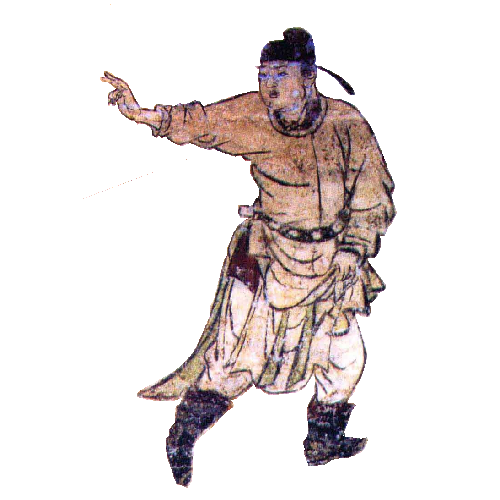 | Fresco: Jin Dynasty(1115-1234) Shanxi(113.613416,37.807018) |
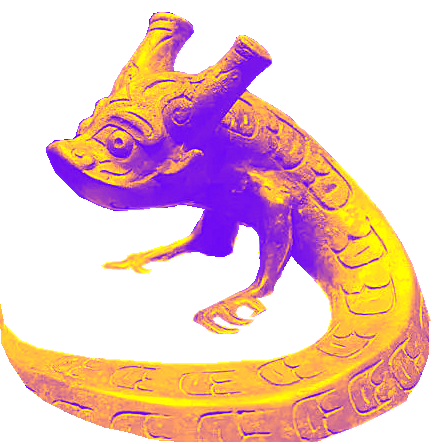 | Western Zhou Dynasty(1046 BC-771 BC) bronze |
| porcelain of Ming Dynasty(1368-1644) | |
| palace model of Song Dynasty(960-1279) | |
| pottery figurine in tomb of YongTai princess(705-710) Tang Dynasty | |
| lacquer(92 BC-59 BC) of Han Dynasty lines | |
| lacquer(186 BC-128 BC) of Han Dynasty the cat | |
| turquoise and bronze of Xia Dynasty(1735 BC-1530 BC) | |
| porcelain of Sui Dynasty(581-618) | |
| oracle of Shang Dynasty(1600 BC-1046 BC) | |
| porcelain of Sui Dynasty(581-618) | |
| textile(1127-1279) of Song Dynasty | |
| embroidery(186 BC-128 BC) of Han Dynasty | |
| icons from Zhou Dynasty(1046 BC-256 BC) | |
| pattern(1046 BC-771 BC) of Zhou Dynasty | |
| tiles of Han Dynasty(202 BC-220) | |
| tiles of Han Dynasty(202 BC-220) | |
| porcelain of Sui Dynasty(581-618) | |
| cloud on porcelain of Tang Dynasty(618-907) | |
| patten(1600 BC-771 BC) of Shang Dynasty or Zhou Dynasty | |
| pottery of Miaodigou culture(4000 BC-2800 BC) | |
| textile of Tang Dynasty(618-907) | |
| porcelain of Song Dynasty(960-1279) | |
| textile(1636-1912) of Qing Dynasty | |
| silk painting(186 BC-128 BC) of Han Dynasty the Sun Bird | |
| brick portrait of Han Dynasty(202 BC-220) | |
| lacquer of the Warring States(475 BC-221 BC) | |
| brick portrait of Han Dynasty(202 BC-220) | |
| cloud in fresco of Yuan Dynasty(1271-1368) | |
| pottery of Miaodigou culture(4000 BC-2800 BC) | |
| lacquer(186 BC-128 BC) of Han Dynasty lines | |
| lacquer of the Warring States(475 BC-221 BC) | |
| textile of Ming Dynasty(1368-1644) | |
| tiles of Han Dynasty(202 BC-220) | |
| bronze of Spring and Autumn(770 BC-476 BC) | |
| brick portrait of Han Dynasty(202 BC-220) | |
| lacquer of Qin Dynasty(221 BC-207 BC) | |
| pottery of Banpo Culture(4500 BC-4000 BC) | |
| bronze mirror of Song Dynasty(960-1279) | |
| pottery of Yangshao culture(4500 BC-2500 BC) | |
| bronze of Shang Dynasty(1600 BC-1046 BC) | |
| silvering and gold plating of Spring and Autumn period(770 BC-476 BC) | |
| “Yi Jin” by JiChang(1152 BC-1056 BC) in Zhou Dynasty silk books(186 BC-128 BC) of Han Dynasty “Tai Ji” by ChenTuan(872-989) in Song Dynasty | |
| Majiayao Culture(3300 BC-2050 BC) | |
| jade long of Hongshan Culture(4000 BC-3000 BC) | |
| store of the Northern Wei Dynasty (386-534) | |
| tiles of Han Dynasty(202 BC-220) | |
| "Dare you response when I call your name?" | |
| cloud(1368-1912) of Ming Dynasty or Qing Dynasty | |
| textile(1620) of Ming Dynasty | |
| bronze of Shang Dynasty or Zhou Dynasty(1600 BC-771 BC) | |
| pottery(4500 BC-3500 BC) | |
| embroidery(186 BC-128 BC) of Han Dynasty | |
| porcelain of Jin Dynasty(1115-1234) | |
| mirror of Tang Dynasty(618-907) | |
| bronze(1046 BC-771 BC) of Zhou Dynasty | |
| pottery of Banpo Culture(4500 BC-4000 BC) | |
| Majiayao Culture(3300 BC-2050 BC) | |
| brick portrait of Han Dynasty(202 BC-220) | |
| tiles of the Warring States(475 BC-221 BC) | |
| windows of Chinese gardens the scene | |
| pottery of Qujialin culture(3300 BC-2600 BC) | |
| gold claws of Zhou Dynasty(1046 BC-256 BC) |